Guggenheim Museum Bilbao
Between October 1993 and 1997, Bilbao’s skyline began to change dramatically. On the banks of the River Nervión on the site of a former industrial timber company, a glistening colossus began to emerge. A structure of titanium, glass and limestone - architect Frank Gehry’s masterpiece was both complex and awe-inspiring. Working with advanced software once reserved for the aerospace industry, Gehry used 33,000 thin titanium sheets to create the organic, undulating curves we see captivating Bilbao’s skyline today. Once inside the Atrium, you can see a variety of exhibitions and galleries. On the outside, Guggenheim Museum Bilbao is decorated with parks and promenades boasting elaborate works by Jeff Koons, Eduardo Chillada and Yves Klein.
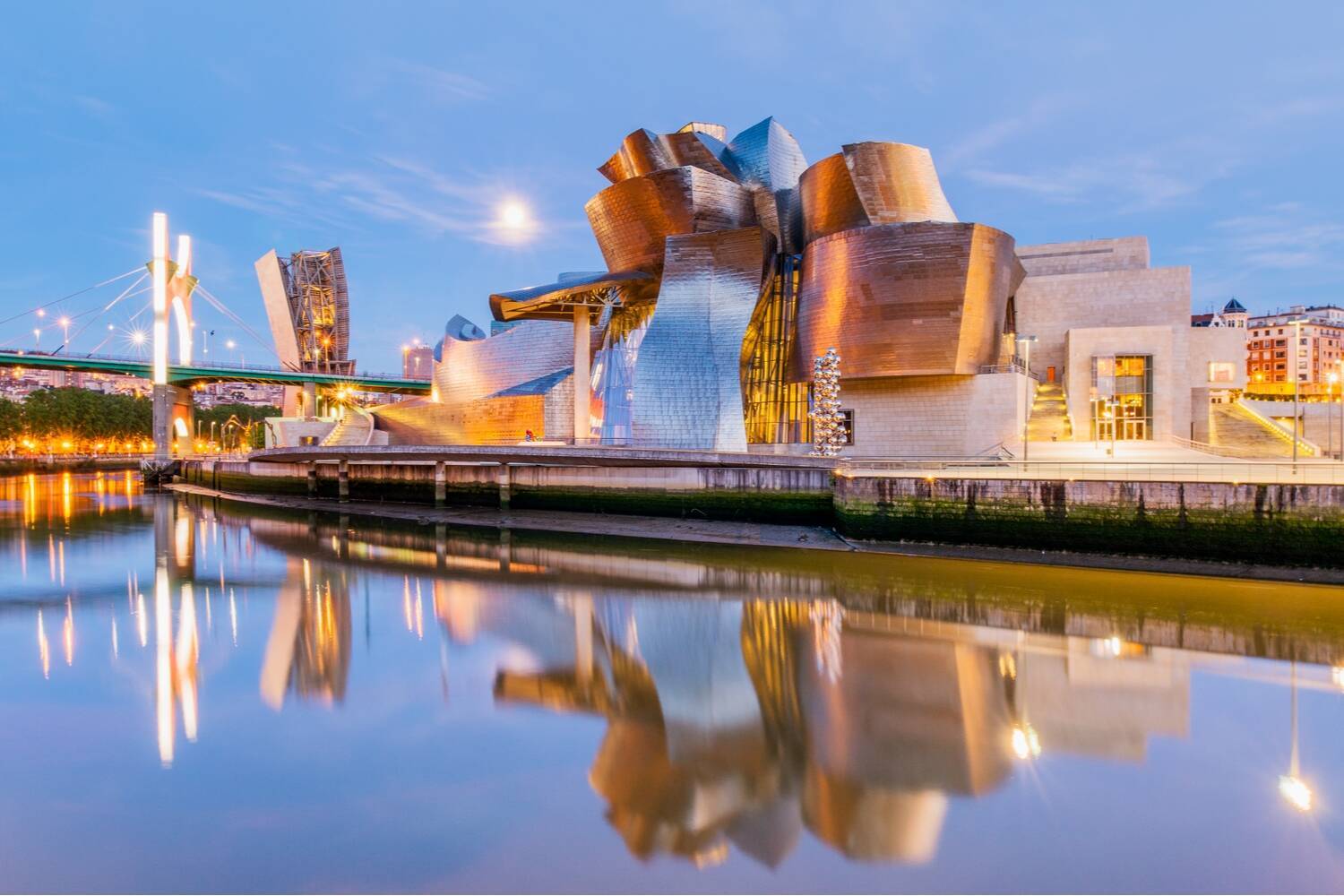

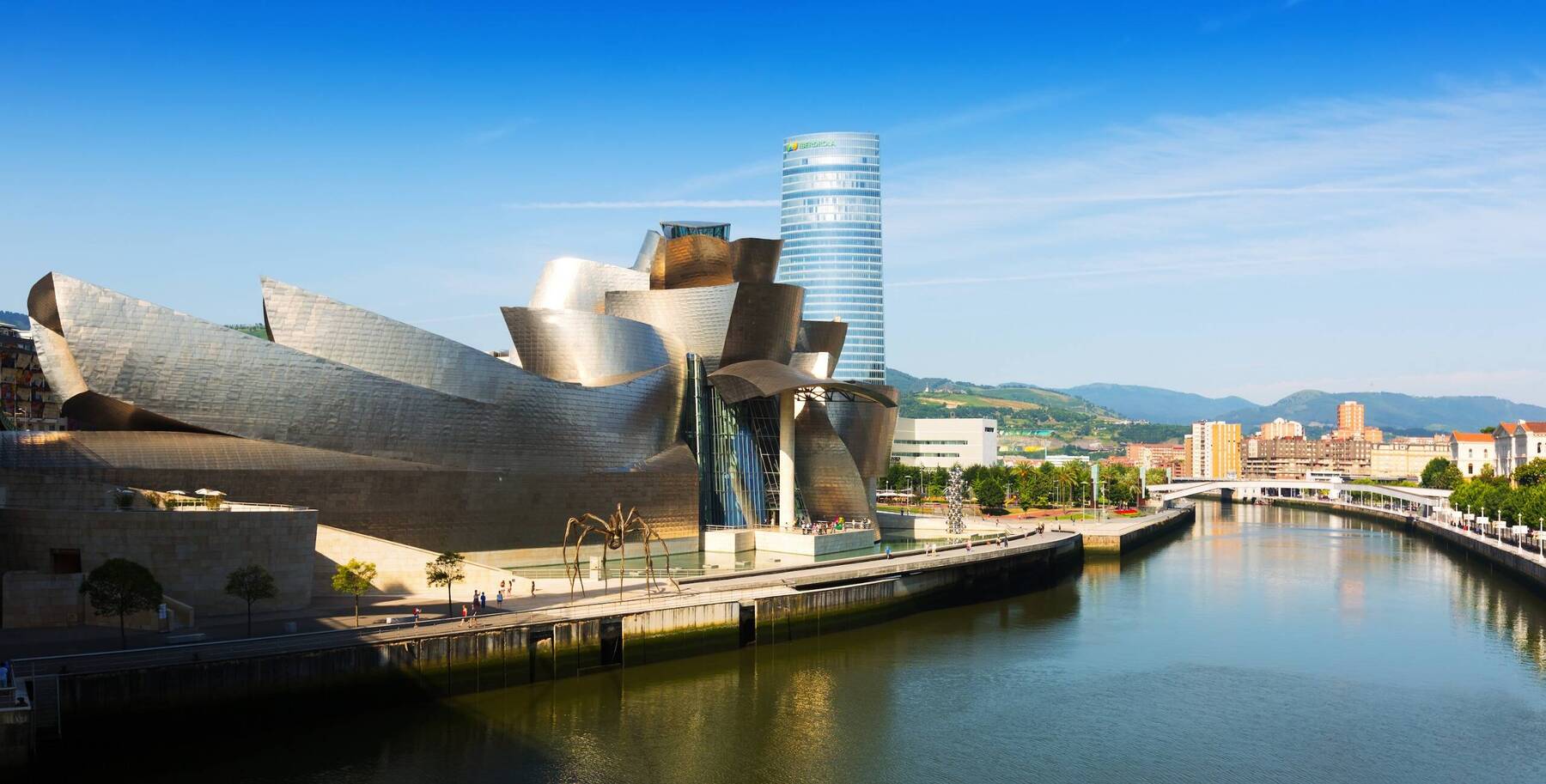

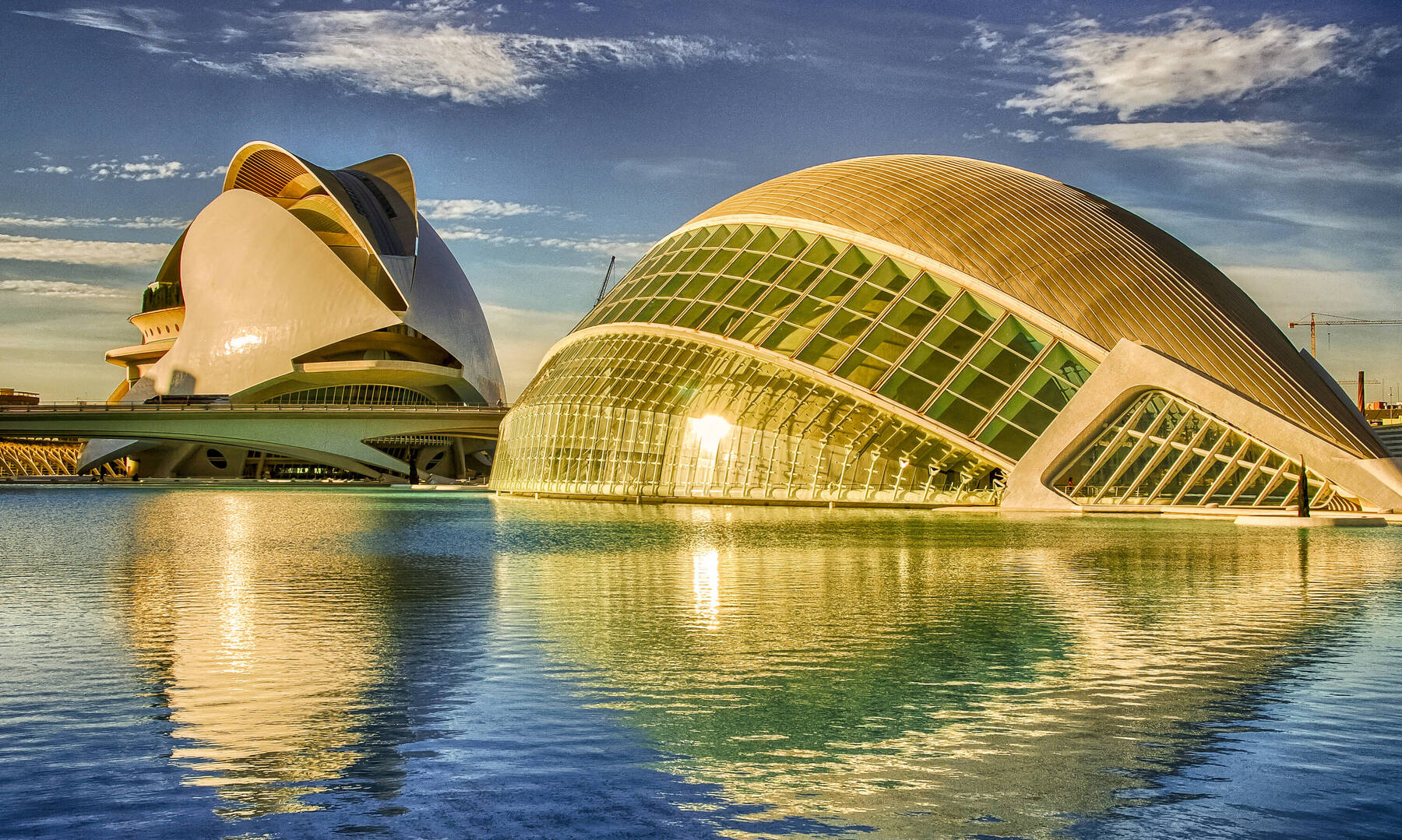
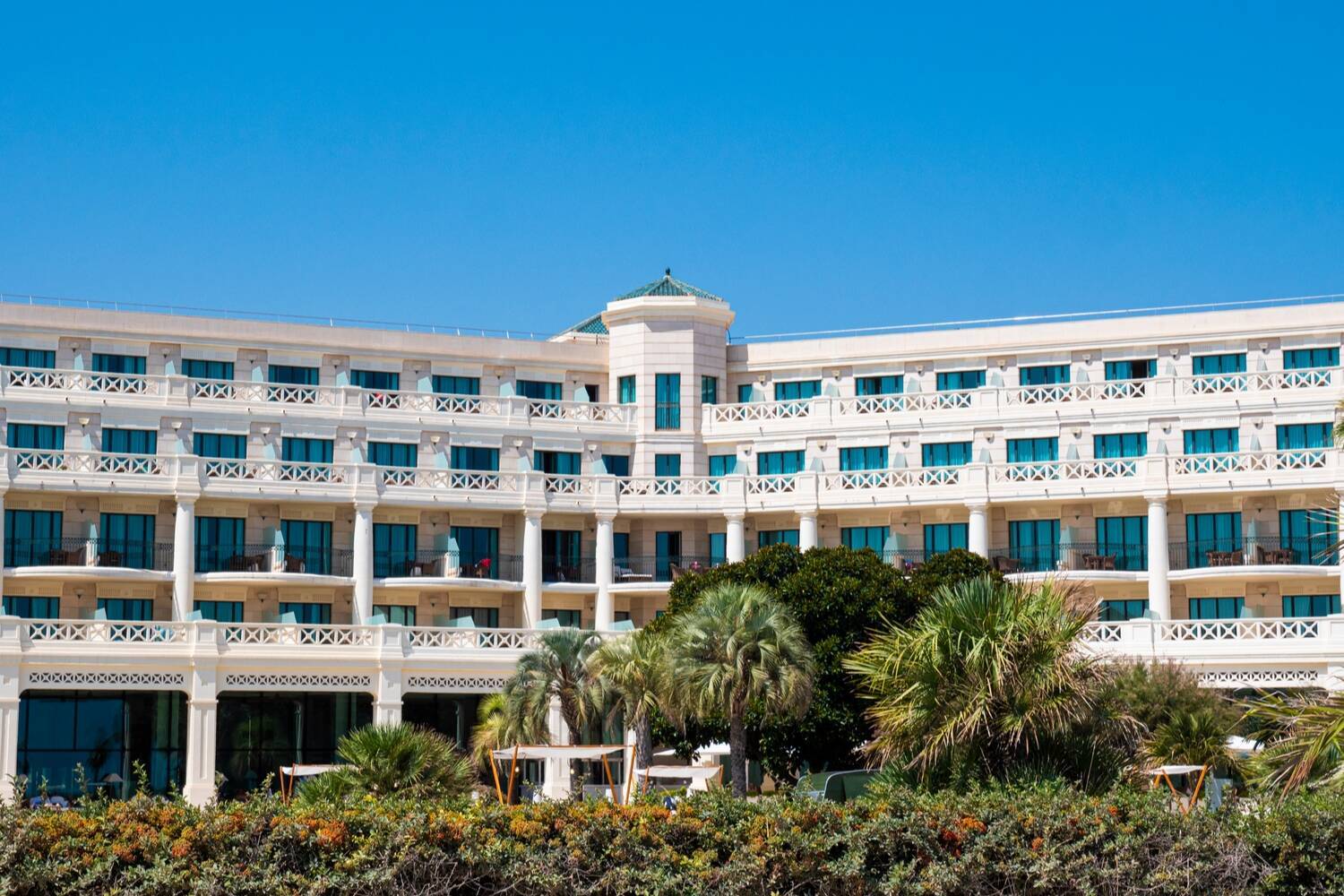


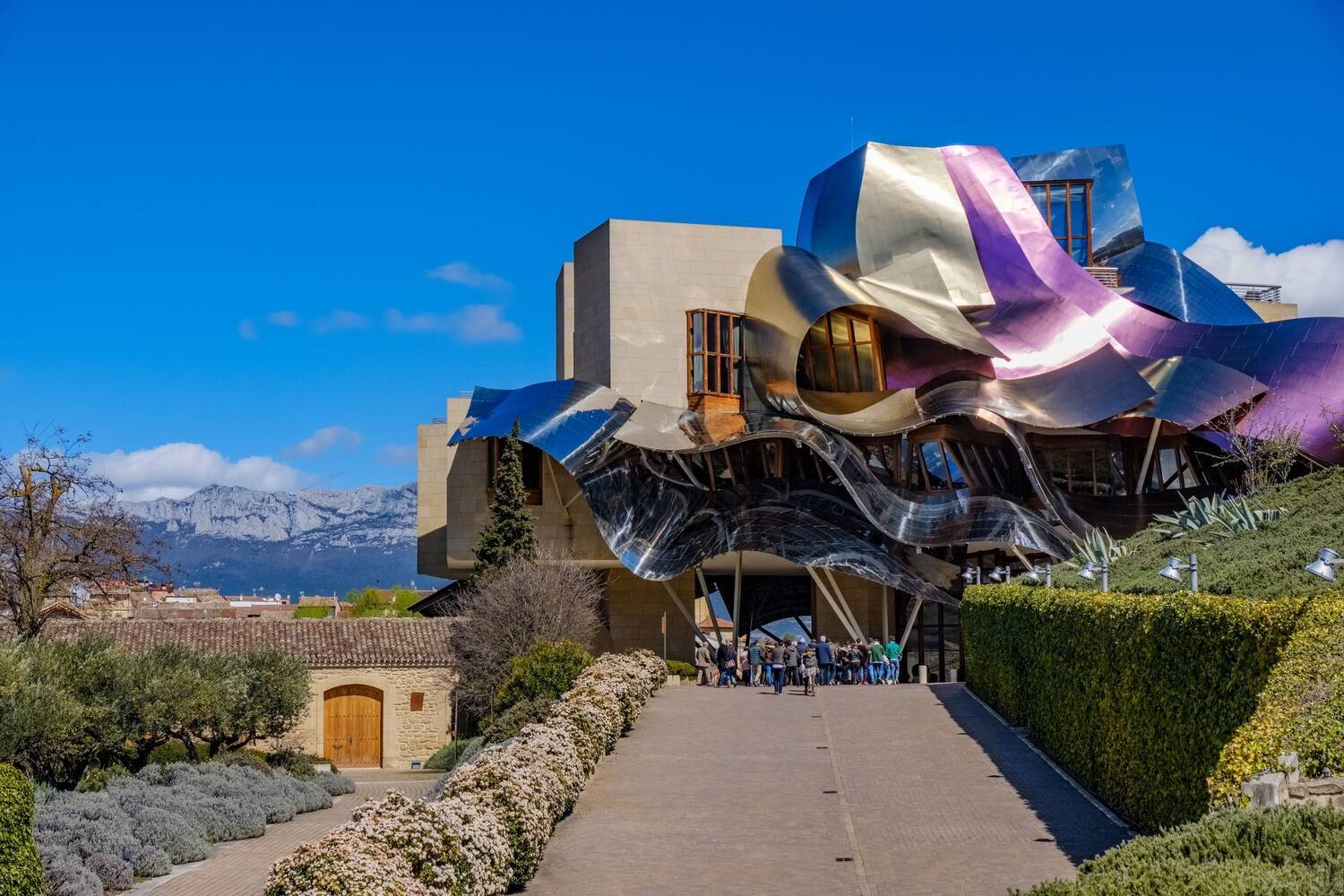
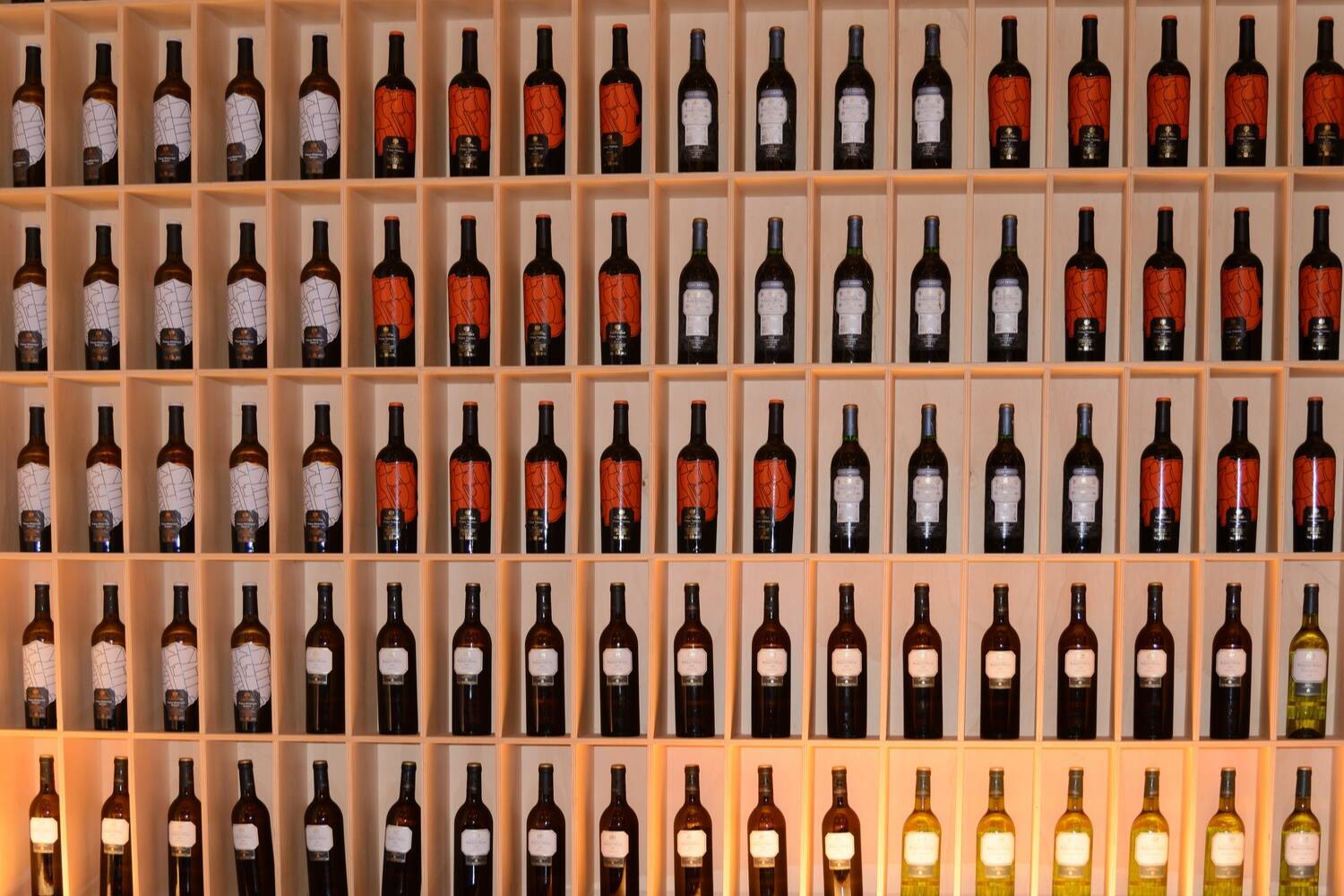



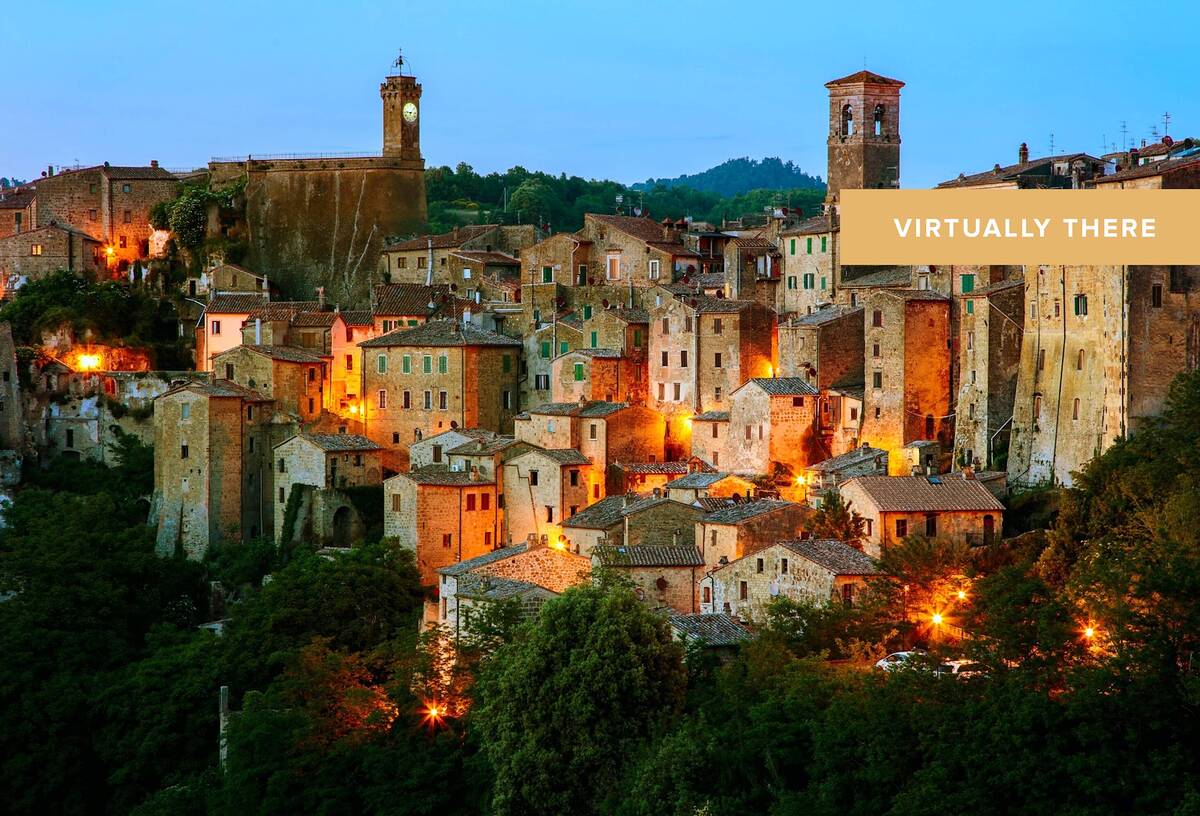














Comments